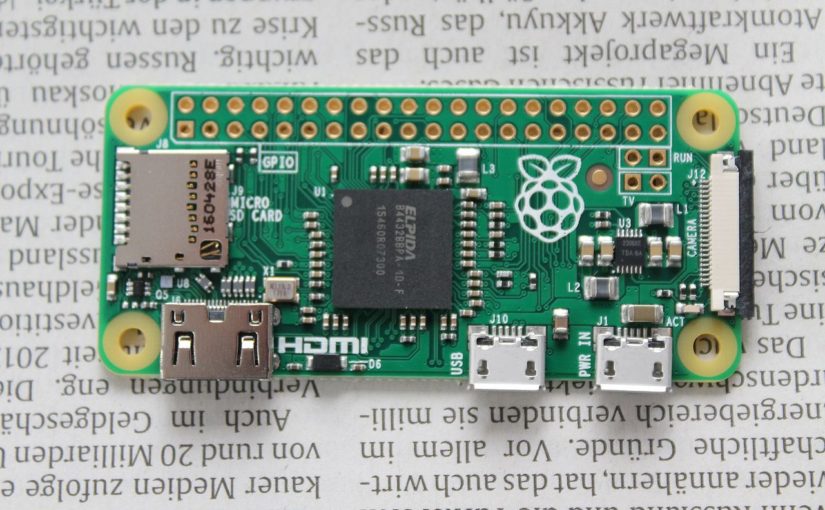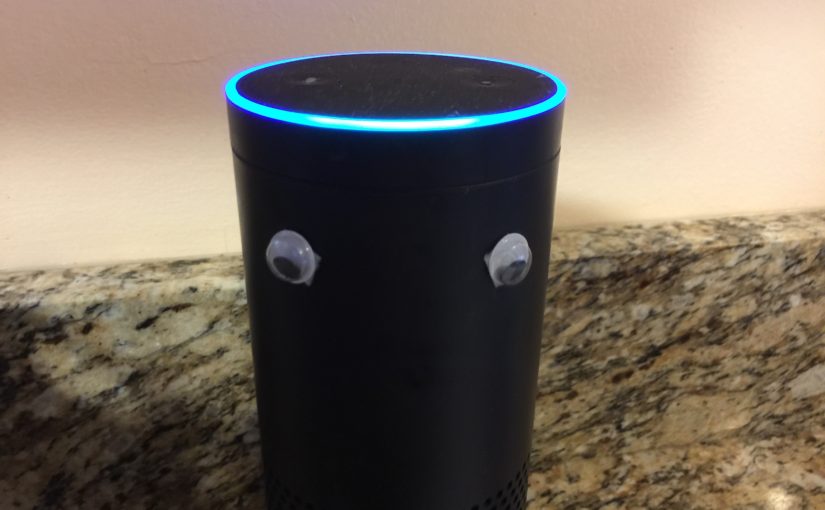My friend, a recent dad, asked me for some advice on what smart home stuff he should get. I figured I’d share my response with everyone. This is just an overview of the stuff I recommend for him, a savvy dev-turned-leader. He’ll be reading this, so if you have suggestions or alternatives, leave them in the comments.
To start with, the whole smart home thing is still in the hobbyist phase. I define “hobby” as something you throw time and money at in order to fix problems you created for yourself. Smart homes are a great way to turn time and money into problems!
When things work, however, it’s great to have the house anticipate your routines.
It’s possible to roll things together without a hub but I like having a central place for everything. By centralizing all your smart home gizmos with a hub, they can talk to each other. Metcalf’s Law means that the more you add to your hub, the better it gets.
SmartThings is The Wirecutter’s pick. SmartThings is also reasonably open and easy to get started with; I like the SmartRules app for simple conditional programming. It works with most stuff, has a healthy ecosystem and can be hacked through their dev portal.
You can set up “routines” which are basically saying “turn this stuff on/off”. The routines can be tied to triggers like time of day, sunrise/sunset,or leaving/coming home.
There are a few drawbacks. The SmartThings-branded hardware is slightly cheaper but locks you into their ecosystem thanks to the looseness of the Zigbee protocol. If you stick to more open protocols like Z-Wave (I like stuff from Aeon Labs and Jasco/GE; Monoprice has some cheaper stuff too), you’ll be fine if you decide to switch systems later on. SmartThings is also cloud-based, but their availability has been pretty solid lately.
It doesn’t support HomeKit natively. You’d need to install the Node.js app Homebridge on a computer in your house. HomeKit is what allows Siri to control things, and also give you a nice swipe-up control panel for lights in iOS 10.
While I use currently SmartThings, I’m really looking forward to moving to Home Assistant as my hub. It’s open source and supports a ton of platforms. Home Assistant is a whole other time suck and so you may not want to start off with it. The biggest thing that’s stopping me (aside from the time thing) is the iOS app. We use the Widgets in Notification Center to trigger routines, and the iOS app detects whether we’re home or not. When it’s solid I plan on migrating all my SmartThings stuff to Home Assistant.
Lights: Not Smart Bulbs
If at all possible, use Z-Wave in-wall switches and plug-in outlets (Wirecutter’s recommendations). One of my goals with home automation is that you should never have to use a phone to do anything. Guests will appreciate not needing an instruction manual to turn on the light.
In SmartThings you can set plugs and switches to turn on/turn off/dim together, so you can have multiple lights in a room all controlled by a single switch. Another nice thing about smart lighting is turn everything off from bed. The plug-in outlets are great at Christmas time too.
In-wall switches require a neutral wire. Open up your switches and look before you buy anything. My house has neutral wires for the overhead lights but not for the switches that control outlets, which makes things much more difficult.
I don’t have this thermostat (I have a super-dumb Z-Wave thermostat controlled by rules from SmartThings). The Wirecutter recommends the Nest. That said, the Ecobee has a big following and has impressed me by supporting occupancy sensors (that work with Home Assistant) to make sure that the temperature is right where people are. I’ve hacked some stuff together a poor facsimile with a Z-Wave temperature sensor, but this is a much more straight forward way to go.
I am a fan of smart thermostats in general. Being able to reduce energy usage when you’re out of the house is a no-brainer in terms of efficiency. Being able to turn up the heat from bed is pretty great too.
You will want to check if your thermostat has a C-wire – if not you’ll need to plug the thermostat into the wall. The reasons I went with my thermostat is partly because I don’t have a C-wire and partly because Z-Wave doesn’t rely on the cloud.
Cameras: I dunno, maybe a Foscam?
You’ll probably be happy with one of the Wirecutter’s choices.
Checking whether a kid is up without opening the door is fantastic. That’s all I really use my cameras for.
I have these Insteon-branded Foscams and the video quality is pretty bad but they were cheap and they work. They don’t require any cloud anything – they host their own webserver right on board. They work great at night and if the kids mess with them I can steer them back into position. Here’s a cheap HD Foscam.
Everything else:
Smart locks can be neat. There are some security concerns, but there are also security concerns with consumer-grade dumb locks and first floor windows so you’ll probably be fine if you get one. Never getting locked out of your house is pretty nice too.
Motion sensors can be handy too, for triggering scenes or turning on lights. I like my Amazon Echo but the Google Home looks like it’ll be really good in the near future.
Did you happen to notice my continuous digs at the cloud? I’m a big fan of keeping control of my home in my home and having the lights keep working even if the internet is out. I don’t want to have to dig my switches out of the wall when a cloud company goes out of business. Personal preference.
That’s it for the stuff. Next up will be actual automation rules that to tie the stuff together.










